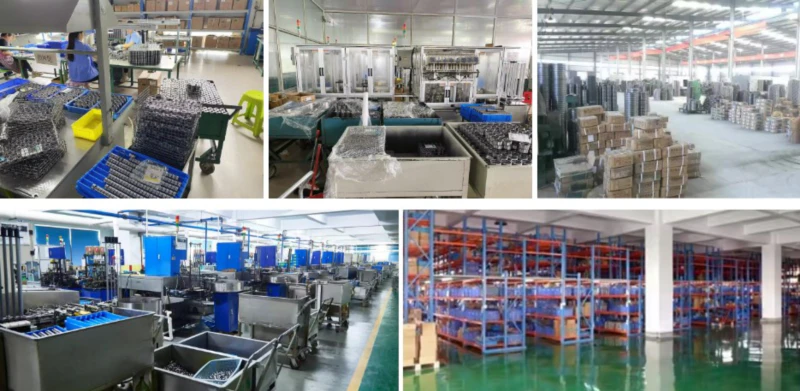Track Bearings Temperature
In the world of precision engineering, track bearings play a crucial role in ensuring smooth and efficient movement in various applications. These vital components are subjected to immense pressure and stress, making it essential to closely monitor their temperature. By tracking the temperature of track bearings, engineers can gain valuable insights into their performance and prevent potential failures. In this article, we will explore the importance of monitoring track bearings temperature and how it can optimize their functionality.
Understanding Track Bearings Temperature
Track bearings temperature refers to the measurement of heat generated during the operation of these mechanical elements. It is a critical parameter that directly impacts their reliability and longevity. By closely monitoring the temperature, engineers can determine if the bearings are operating within the desired range or if they are subjected to excessive heat that may lead to premature wear and tear.
The Significance of Temperature Monitoring
Temperature monitoring of track bearings offers several benefits, including:
- Early Detection of Issues: Abnormal temperature spikes can indicate potential problems such as inadequate lubrication, misalignment, or excessive friction. By promptly identifying these issues, engineers can take corrective actions before they escalate into major failures.
- Optimal Performance: Maintaining track bearings within the recommended temperature range ensures optimal functionality, reducing the risk of unexpected downtime and improving overall productivity.
- Extended Lifespan: Excessive heat can accelerate wear and tear, leading to premature bearing failure. By monitoring the temperature, engineers can implement appropriate measures to mitigate heat-related issues and extend the lifespan of the bearings.
Methods of Temperature Monitoring
There are various methods available for tracking track bearings temperature:
- Infrared Thermography: This non-contact method utilizes infrared cameras to capture thermal images of the bearings, allowing engineers to identify areas of elevated temperature.
- Thermocouples: These sensors are attached to the surface of the bearings and measure temperature changes based on electrical voltage variations.
- Resistance Temperature Detectors (RTDs): RTDs use the principle of electrical resistance to measure temperature accurately. They are highly accurate and commonly used in industrial applications.
Conclusion
Track bearings temperature monitoring is a crucial aspect of ensuring the efficient operation and longevity of these vital components. By closely tracking the temperature, engineers can detect early warning signs, optimize performance, and extend the lifespan of track bearings. Implementing appropriate temperature monitoring methods, such as infrared thermography, thermocouples, or RTDs, allows for proactive maintenance and reduces the risk of unexpected failures.
At XYZ Company, we are a leading player in the Chinese reducer market, offering a range of high-quality products, including servo reducers, plastic gearboxes, gear motors, worm gearboxes, worm wheels, and worm reducers. Our state-of-the-art manufacturing facilities and automated assembly equipment enable us to deliver exceptional products at competitive prices. With a commitment to customer satisfaction, we provide customized solutions tailored to meet specific requirements. Discover the XYZ Company difference today!

Author: Czh